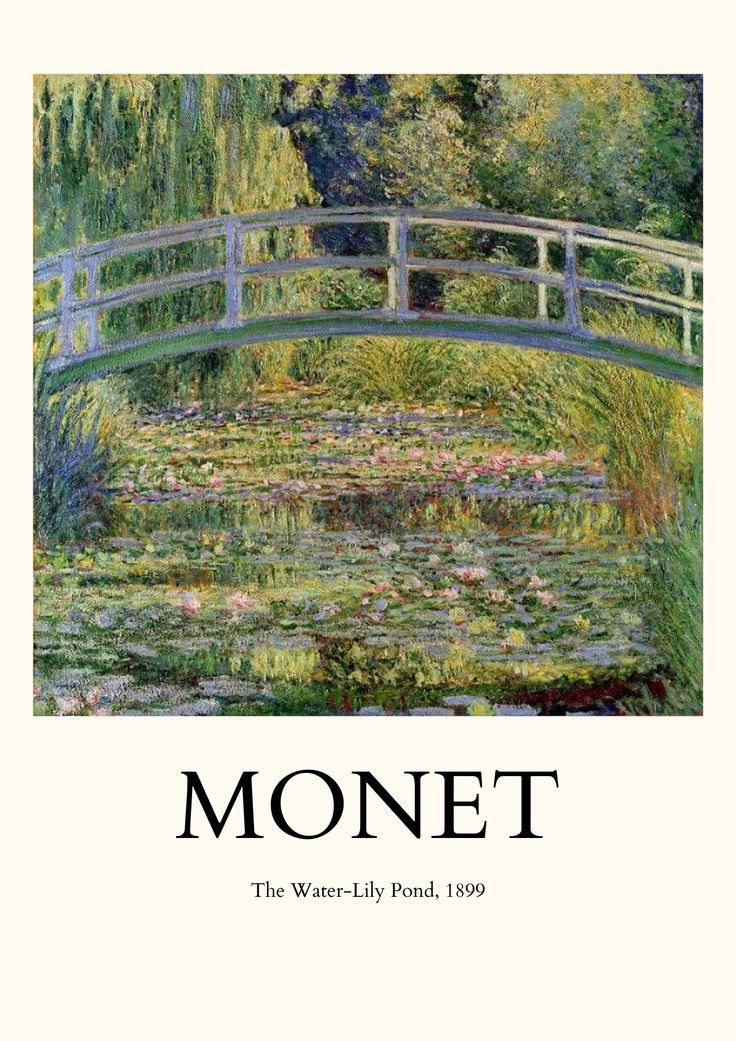The Dark Night of the Soul: Depression in Art History and Its Influence on Creativity
- teenmhsociety
- Jul 21, 2023
- 3 min read

Throughout history, art has served as a powerful medium for artists to channel their inner struggles with depression into profound and emotive artworks. From iconic masters like Edvard Munch, Francisco Goya, and Mark Rothko to Vincent van Gogh, Egon Schiele, and Frida Kahlo, these artists fearlessly explored themes of anguish, isolation, and despair, offering a glimpse into the human condition and providing cathartic release for both themselves and their audiences. This article delves into the transformative power of art, how it served as therapy for renowned artists like Claude Monet, Georgia O'Keeffe, and Jackson Pollock, and the connection between vulnerability and authenticity in artistic expression.
I. From Melancholia to Masterpieces: The Influence of Depression on Artistic Expression
Depression, often characterized by deep sorrow and introspection, has left an indelible mark on the art world. Edvard Munch's iconic painting "The Scream" and Francisco Goya's haunting "The Sleep of Reason Produces Monsters" are prime examples of how artists channeled their inner turmoil into works that resonate with audiences on an emotional level. Mark Rothko's abstract expressionist paintings, with their intense colors and ethereal quality, reveal his profound emotional struggles.

These artists' experiences of melancholy shaped their artistic vision, imbuing their creations with a unique depth and intensity. Through their art, they found a means to express their innermost feelings, creating a profound connection with those who could relate to their struggles.
II. The Depths of Despair: Depicting the Dark Side of the Human Psyche
Vincent van Gogh's vivid and emotionally charged artworks, such as "Starry Night" and "The Bedroom," reveal his battles with mental anguish and loneliness. Egon Schiele's provocative self-portraits delve into existential despair, while Frida Kahlo's unflinching portrayal

of physical and emotional pain in works like "The Broken Column" provides a raw, intimate glimpse into her tumultuous life.
These artists confronted the depths of emotional suffering through their art, offering cathartic release for both themselves and their audiences. Their works served as a window into the human psyche, shedding light on the universal experience of pain and isolation.
III. Art as Therapy: Transforming Pain into Beauty

For artists like Claude Monet, Georgia O'Keeffe, and Jackson Pollock, their artistic practice became a therapeutic outlet for their depression. Monet's serene water lily paintings, O'Keeffe's vibrant depictions of flowers, and Pollock's energetic and chaotic abstract expressionist works all reflect how the act of creation provided them with a sense of purpose and control.
By externalizing their inner turmoil through their art, these artists experienced personal growth and healing. The transformative power of creation enabled them to find solace amidst the darkness, turning their pain into beauty.
IV. The Connection Between Vulnerability and Authenticity

Frida Kahlo and Jean-Michel Basquiat exemplified the courageous practice of laying bare their emotional struggles through art. Kahlo's self-portraits with explicit references to her physical and emotional pain, and Basquiat's raw and graffiti-inspired works, revealed the vulnerabilities of their human experience.
Their authentic and vulnerable approach to art resonated deeply with audiences, forging an intimate connection between artist and viewer. Through their works, they invited others to confront their own emotions and find solidarity in shared experiences.
V. A Silver Lining: The Transformative Power of Artistic Creation
Vincent van Gogh's tumultuous life and struggles with mental health are well-documented, but his prolific output of over 2,000 artworks highlights the transformative potential of artistic creation. Similarly, Yayoi Kusama's art became her lifeline, providing a sense of purpose and resilience in the face of mental health challenges.
Artistic creation, as evident in the lives of these artists, can offer hope, purpose, and serve as a catalyst for personal transformation, even amidst the darkest of times.
VI. Redefining Mental Health Narratives: Artists as Advocates and Change Agents
Beyond their personal struggles, artists like Keith Haring and Frida Kahlo embraced their platforms to advocate for mental health awareness and destigmatization.

Haring's iconic figures symbolized his commitment to raising awareness about AIDS and promoting compassion, while Kahlo's art challenged societal perceptions of disability and mental health.
Through their art and advocacy, these artists became agents of change, fostering dialogue and understanding surrounding mental health issues.
Throughout history, artists have harnessed the power of art to confront and express their inner struggles with depression, leading to profound and emotive masterpieces. From offering catharsis and personal healing to serving as advocates for mental health awareness, these artists have left a lasting impact on the art world and continue to inspire and connect with audiences worldwide. By embracing vulnerability and authenticity, they have redefined the narrative surrounding mental health, reminding us of the transformative power of creativity and the potential for art to heal and unite.






Comments